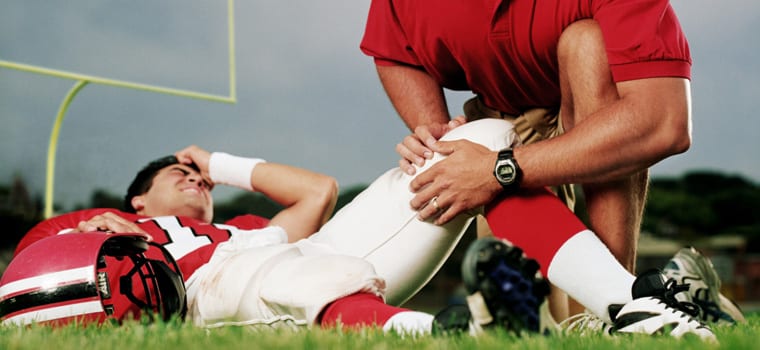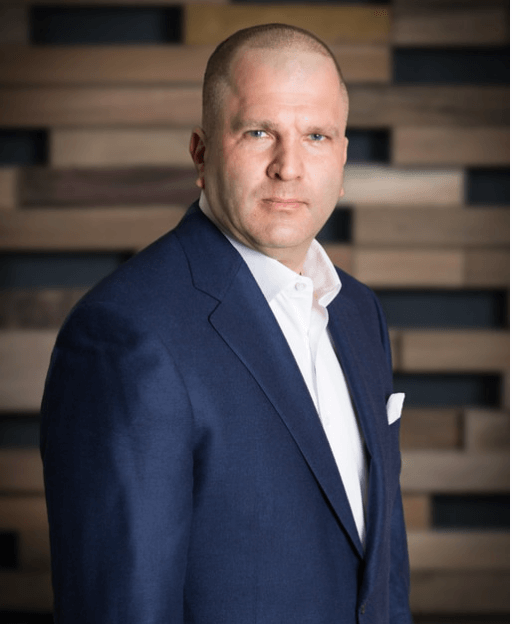And while experts have long lamented the trend in single-sports participation among youth athletes, a new study confirms the physical risks. The study, published in The American Journal of Sports Medicine on July 23, found that youth athletes who practiced sports-specialization had about a 50 percent increased risk of having an injury.
Dr. Charles Gatt is board certified in orthopaedic surgery. He practices at University Orthopaedic Associates, where he has specialized in sports medicine for the past 22 years. He was a founding member of STOP sports injuries.
In addition to having participated in youth sports, he raised two sons whom he coached in Pop Warner football and youth baseball and basketball.
Following is a Q&A with Dr. Gatt on the specialization issue.
Q: Does this latest study coincide with what you see in your practice?
Definitely. In fact, of all the youth sports injuries I see — and I have a busy practice — more than 50 percent are overuse injuries.
We’ve also all seen it over the years. Orthopaedic surgeons and athletic trainers — for at least the last decade, we’ve all said the same thing: we’re seeing more overuse injuries and we think it’s because of early sports specialization. In addition to high school, players have the opportunity to play for one or even more club teams, meaning they probably practice and play even harder in that environment than on the school level.
An example is a young basketball player who came in to see me with a sore knee. She had a classic overuse injury. I asked her how many teams she played for. She told me three. Clearly, one or the other coach had no idea what she’d done in practice prior to their own.
Q: What kind of injuries represent this single-sport focus?
It’s not that we’re seeing more traumatic injuries, but we’re seeing more overuse injuries. These would include cases of tendonitis, sprains and strains. That’s the bulk of the injuries.
More male baseball pitchers are coming in with ulnar collateral ligament (elbow) injuries, which is technically a sprain. In addition to these injuries, the study noted other common injuries such as ankle sprains and stress fractures.
Q: Is it possible that this is a result of simply more sports participation?
There’s a greater amount of activity, but also a lack of variety in movement. These youth athletes are doing the same movement repeatedly, as opposed to working different muscle groups. That’s why we’re seeing overuse causing the body to break down, because a specific joint is not getting a rest.
It’s interesting because football has such a high number of traumatic injuries, but it has the least amount of overuse injuries. That’s because you don’t play football all year. In soccer, these athletes are kicking all year; in baseball, they are throwing all year. They don’t give the legs and hips or the shoulder a rest. If they go from baseball to basketball, there’s variety. One season they are throwing; one season they are shooting.
Q: Is it realistic to ask serious youth athletes to delay specialization until age 15 or 16, such as the American Academy of Pediatrics has recommended?
I find it difficult to ask, but I think it’s realistic. I encourage all my athletes to take a season off from their single sport and do something different. I agree in recommending specialization only in the later years of high school.
My sons were three-sport athletes: football, basketball and baseball or lacrosse. It was one of my philosophies, and I saw it through with my own kids.
I understand what the parents want. It’s like keeping up with Joneses. They want their kids to do well, so they get them personal coaches, and send them to sports camps. But the kids in high school with athletic ability rise to the top anyway. I don’t necessarily see the value of investing in all of that excessive early preparation.
Q: What do you do in your practice at UOA to address and to prevent these kinds of injuries?
A lot of it is counseling. I do see the “light bulb go on” when I make them realize if they are getting injured from overuse, that the body can handle only so much. These injuries are a sign the body needs more rest. Guys who make $10 million a year as baseball and basketball players take time off, yet we have our kids playing year-round.
If you’re spending too much time on the bench or the sidelines injured, you’re not going to play anyway.
These kids are so goal-oriented, and with all the participation and pressure, they burn out. The message in STOP Sports Injuries and in my office is: if it’s not fun, you shouldn’t be playing.










